New AP Chemistry teacher Mary Russo brings a wealth of experience and expertise to the classroom, urging students to trust her proven methods.
“If you trust me, you’re going to do it, and I’ve been doing this for a while,” new AP Chemistry teacher Mary Russo said. “I’ve got a master’s degree in what I teach, I’ve got a master’s degree in how to teach, and I’m a published research scientist. I need you to trust me.”
Russo was an athlete in high school. She played basketball, field hockey and soccer for all four years. She also loved science.
“Most colleges said, ‘You can’t be a science major if you’re going to do a sport.’ And I said, ‘Yes, I can,’ so I went to [a] school that would allow me to do both,” Russo said.
Thus, Russo studied biochemistry as an undergraduate and played soccer in a Division II school. She was a two-year team captain, leading the team to the Final Four and earning a top-five national ranking.
“It was hard; there’s no doubt about it. We would travel most weekends, going all year round, traveling way out of state on buses,” Russo said. “I get motion sickness easily, so I could never study on the bus. I always had to sit in front with the coach so [that] I wouldn’t get sick.”
On top of that, Russo was not entirely sure what she wanted to do career-wise.
“I thought, ‘I’ll go to medical school,’ just like most people think. I thought, ‘Oh, maybe physical therapy, maybe pharmacy.’ I just didn’t know,” Russo said.
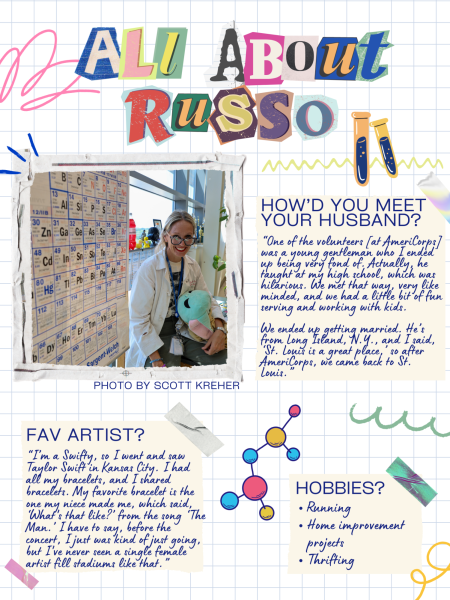
After she graduated in 1997, Russo worked in a research lab to build her resume. She studied at the cellular molecular cardiology lab at St. Louis University and published a research paper about the effects of alcohol on the heart with Puran Bora. The paper has been cited over 124 times.
“The med students always seemed so stressed out. They would cycle through, and I would teach them how to do techniques in the lab,” Russo said. “I really liked teaching. I also liked being in the lab, so I thought about going and getting a PhD.”
However, influenced by a friend, she applied to AmeriCorps, a federal agency and the largest volunteer organization in the country that connects individuals and organizations to strengthen communities through national service and volunteer work.
“I thought, ‘Well, my buddy’s doing it. Why not?’ So I told Dr. Bora, ‘I’m quitting the lab.’ And he goes, ‘Are you crazy?’ I was young, still living at home and my buddy was doing this. I could have been placed all over the country,” Russo said.
Russo got placed in Oklahoma City with five other people, where she taught high school chemistry.
“That was in 1999, and it was all over from that point,” Russo said.
Most recently, Russo spent 23 years at St. Louis University High School, a private boys’ school, where she taught Chemistry, coordinated curriculum and served as department chair.
“What I hadn’t done was have high school females in my classroom,” Russo said. “I started thinking, ‘Who has a high-level, competitive, rigorous science program that has boys and girls?’”
Then, she met Nathan Peck, CHS’ previous AP Chemistry teacher.
“He was amazing, but he wasn’t going anywhere,” Russo said. “It sounds silly, but I thought, ‘You know what? If that Clayton job ever opens, I want to throw it in.’ And I had to wait for that. It was four years.’”
Despite being a Chemistry teacher most recently, Russo is certified in Biology and has taught Biology for 11 years.
“What I found teaching Biology is that, at all the other schools I taught, biology was a freshmen course. Students had no Chemistry [or] formal Physics, and when we got to photosynthesis, it was really hard,” Russo said. “The students had to memorize quite a bit and not understand.”
However, now she teaches a “physics first” approach, where freshmen take Physics, sophomores take Chemistry and students do Biology later.
“It was one of the reasons I thought teaching at Clayton would be interesting,” Russo said. “Physics is foundational, chemistry is central and biology is application, so my biology teaching days were frustrating because I was frustrated for my students.”
Throughout her career, Russo has been driven by a teaching philosophy prioritizing relationships, trust and change.
“Chemistry is pushed together with abstract models that are weird and unsettling, whereas in physics, you can build a bridge, and in biology, we can dissect a heart and look at the chambers,” Russo said. “In chemistry, however, we see a color change and talk about electrons being added or lost. The models are abstract, so it’s a student’s first insult to their sense of academic ego. They’re going to work, and it’s not going to turn over for them.”
Ultimately, Russo believes that students need to feel seen and heard before they can fully engage with the challenging concepts of chemistry.
“When I come into my classroom, it will be, ‘Say hello to your colleagues; ask your colleague what they had for breakfast.’ I call them doctor so-and-so. To have a little fun, I’ll say, ‘Hello colleagues.’ Or, if students come in on their own time, I’ll ask them what they’re interested in,” Russo said.
Above all, Russo hopes to empower all chemistry students with this philosophy.
“I just want students to feel like they’re seen, and when they feel that way, they start to trust you. Then, they’re going to do all of the harder work they don’t want to do.” Russo said. “Powerful things can come from that.”





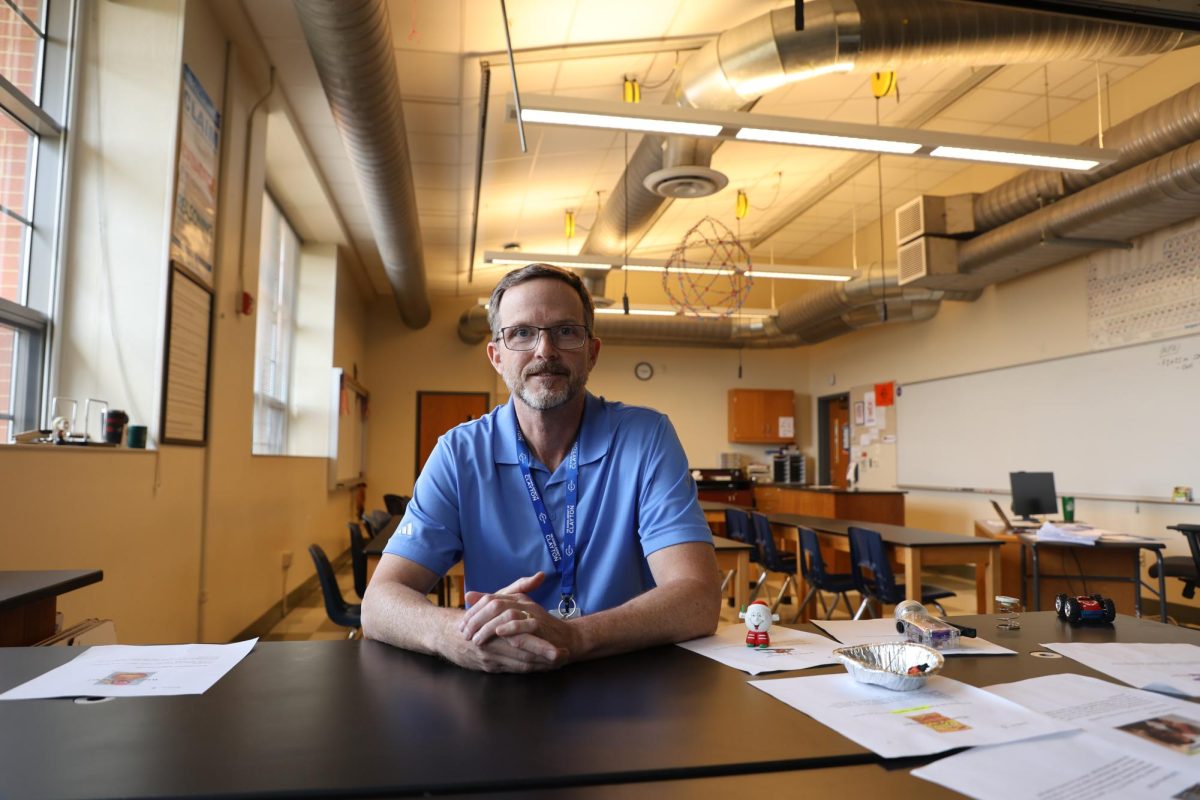
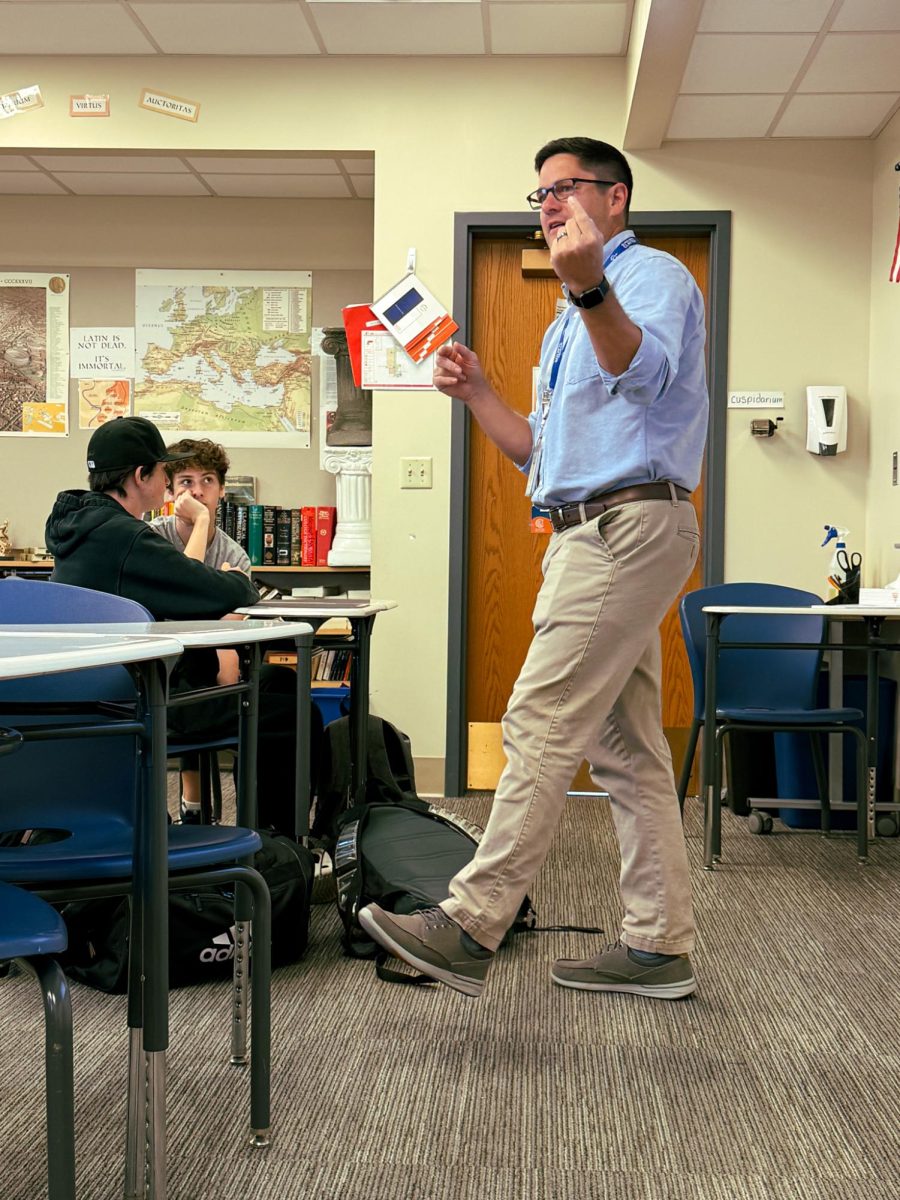
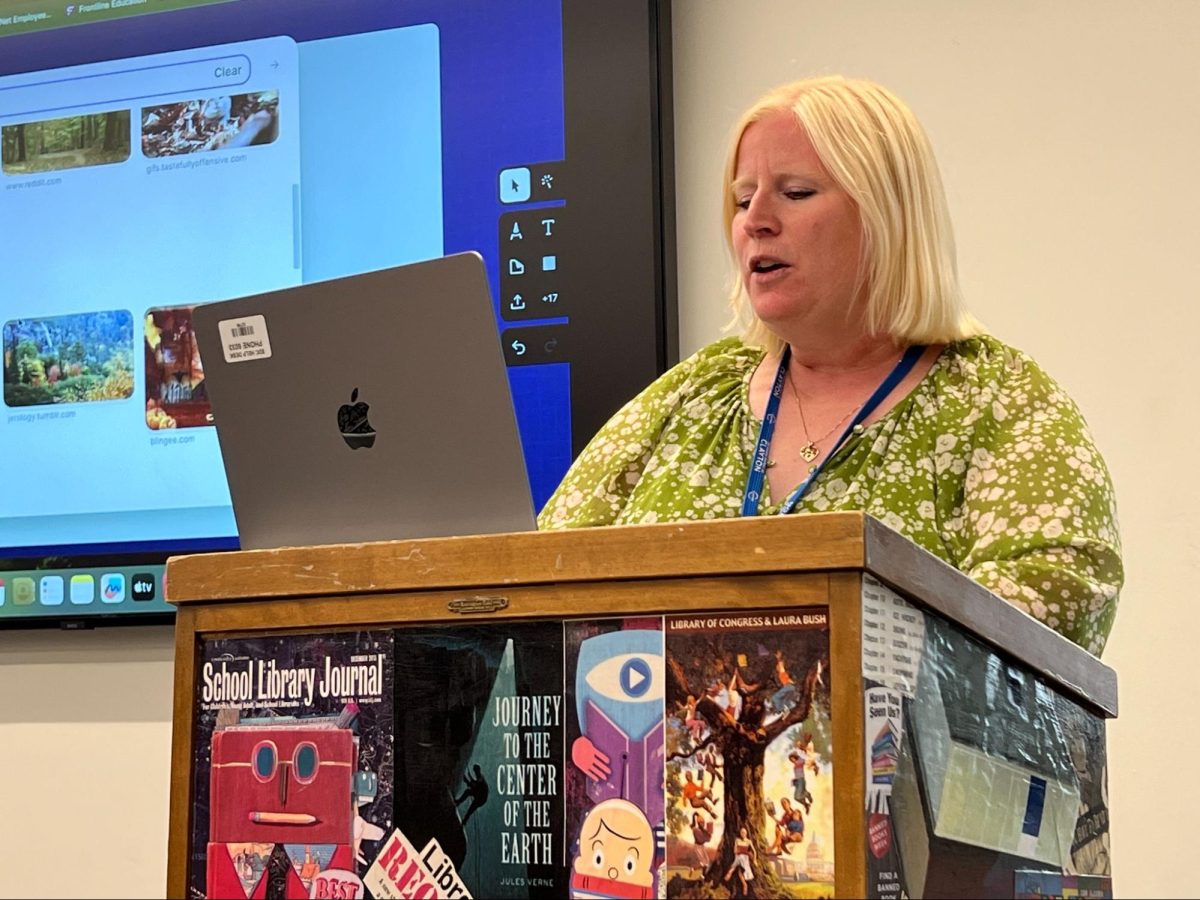
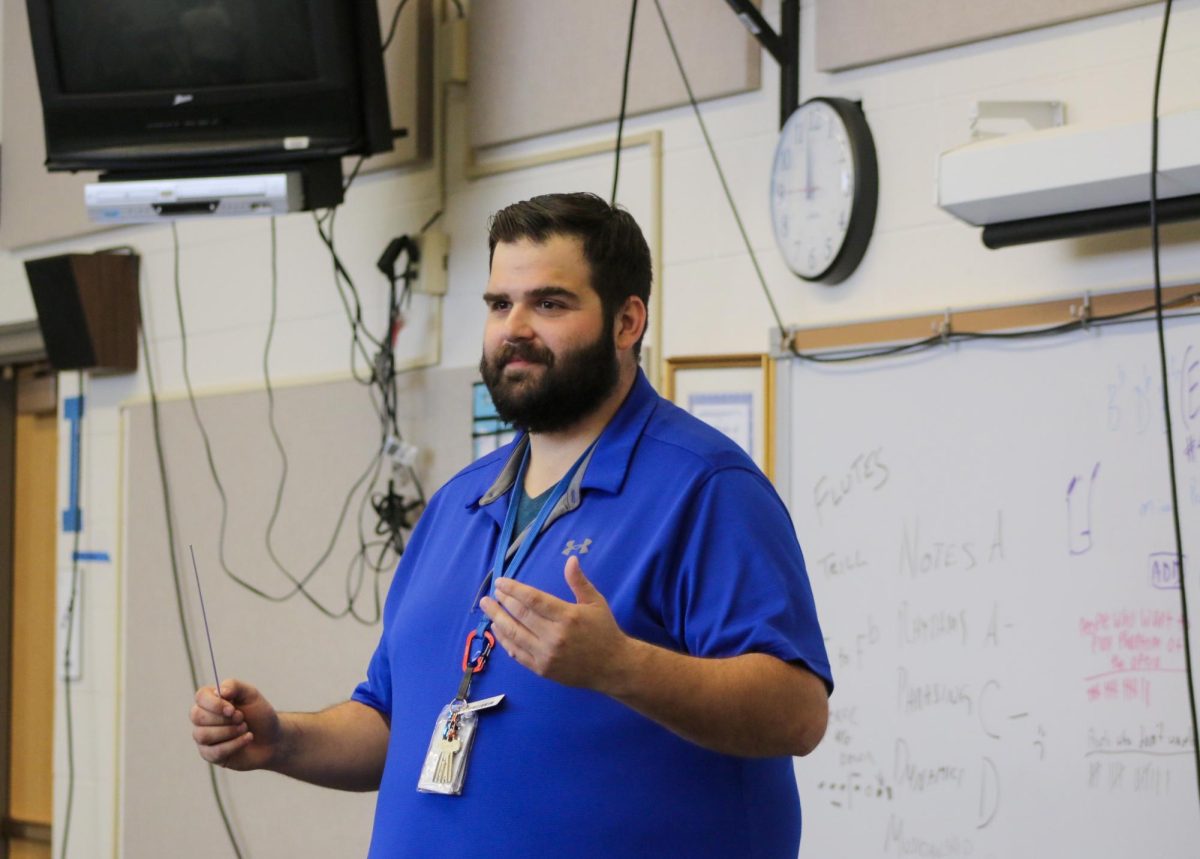
![Truman Solverud works in his new GAP classroom. "I have a couple of kids who are just working their way through classes and don’t need help. But I have some kids [for whom] our goal right now is just to get them to show up, even if they're not doing any work. It’s very individualized, based on [each student’s] starting point."](https://www.chsglobe.com/wp-content/uploads/2024/10/IMG_0153-1200x900.jpg)
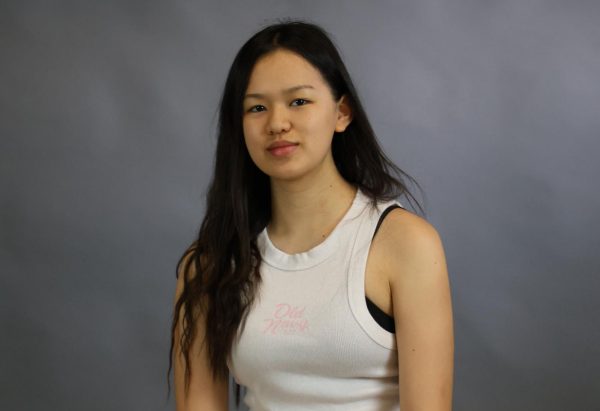
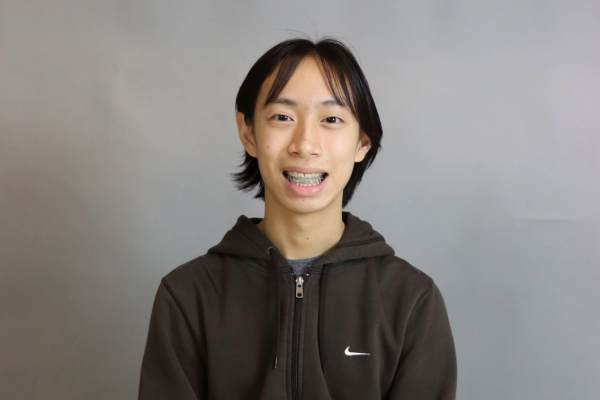
Mary Russo • Oct 27, 2024 at 11:55 am
This was a great interview and I had a blast. More confirmation that CHS is a special place. M Russo